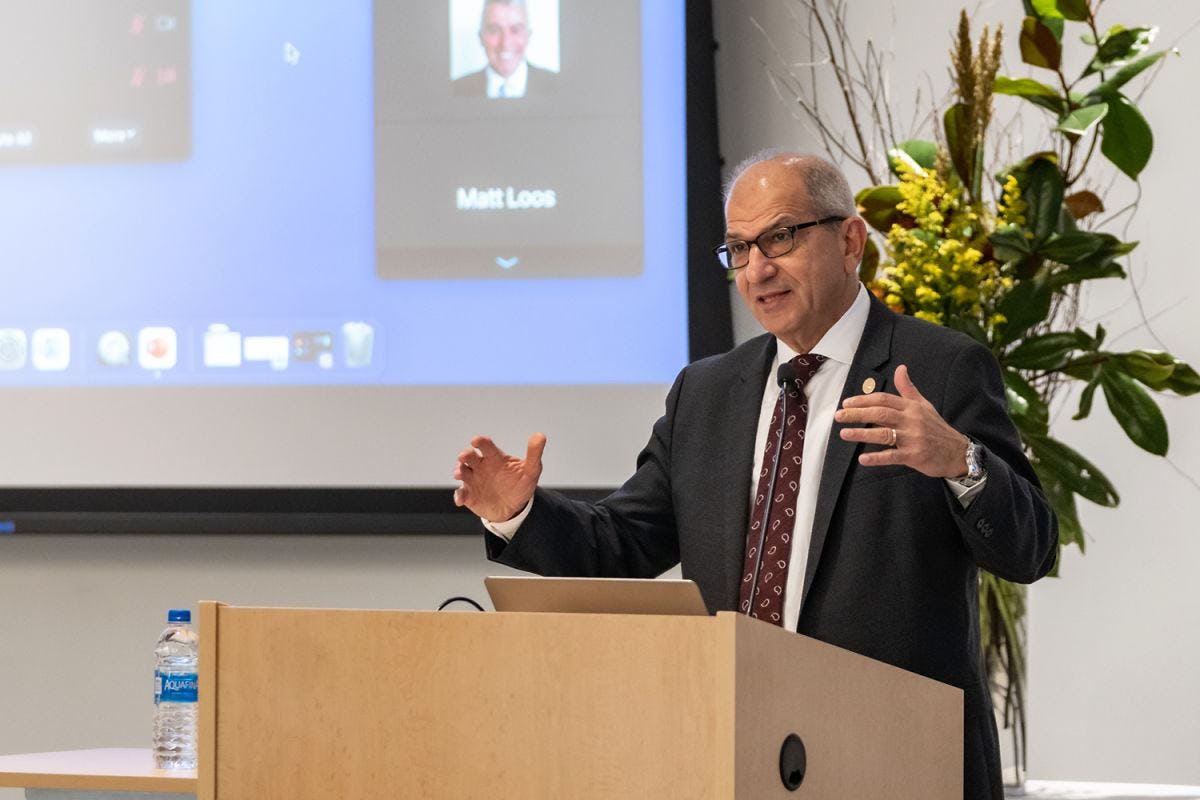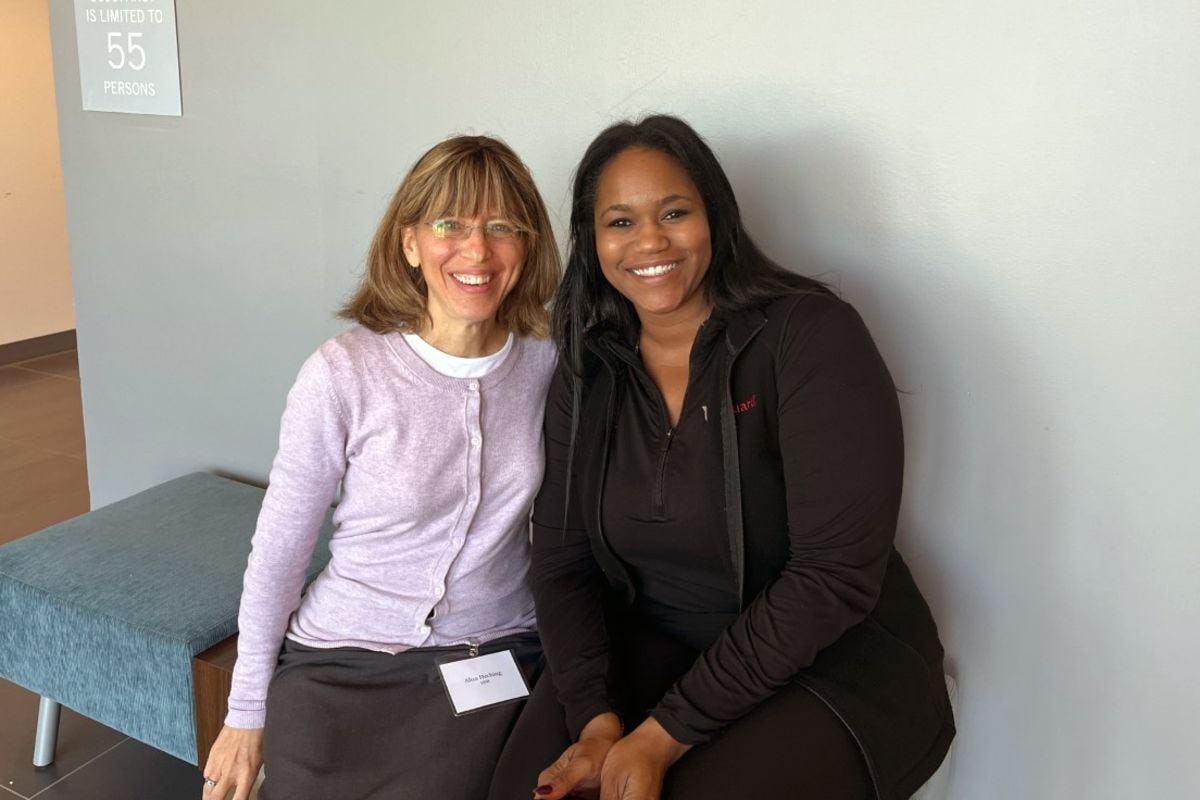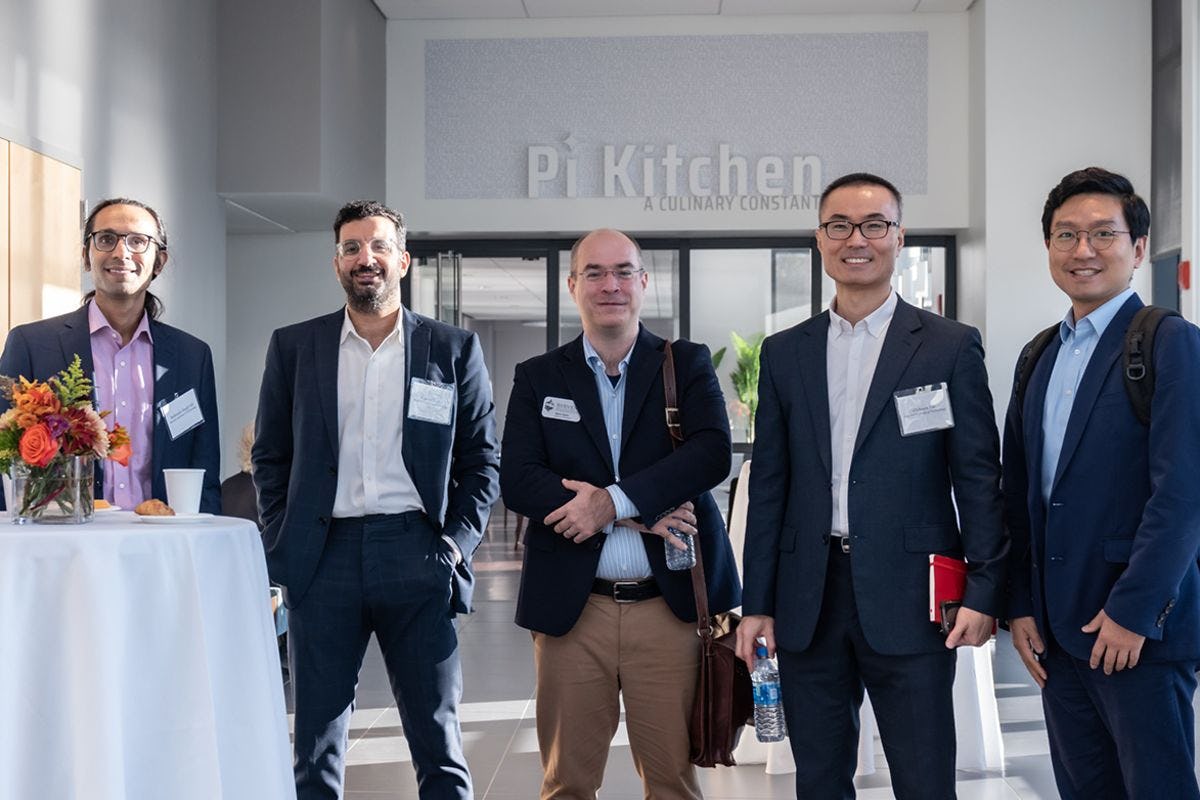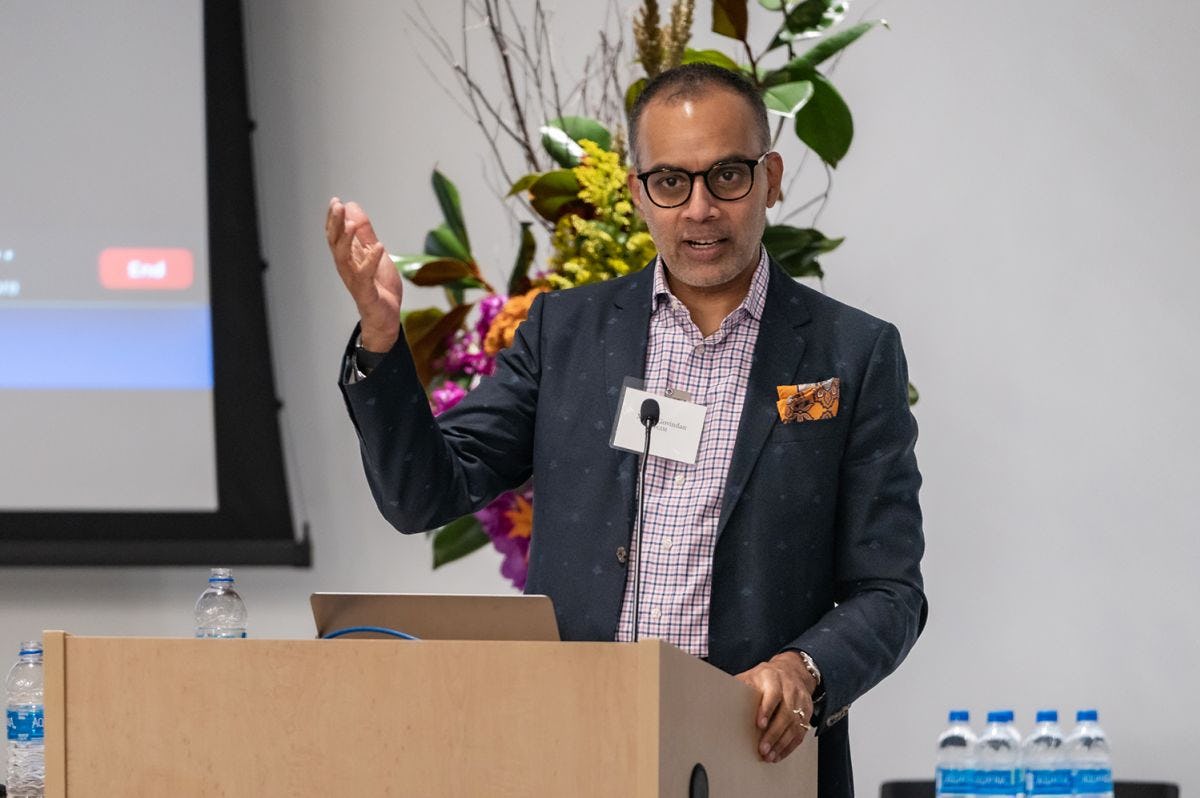“In a very short period of time, technology has fundamentally changed the way we live,” said Stevens’ President Nariman Farvardin. “Financial services are no exception. That is the focus of this center.”
The Center for Research Toward Advancing Financial Technologies (CRAFT) recently hosted an Industry Advisory Board (IAB) meeting — a two-day conference on Stevens’ campus. CRAFT is a partnership between academia and industry, including 15 current industry advisors. “Our students get relevant, compelling research projects to work on. And, of course, industry members get strong talent,” said Co-Director Dr. Aparna Gupta of Rensselaer Polytechnic Institute.
The IAB Meeting facilitated real-time collaboration between researchers and industry practitioners concerning the future of fintech. Rensselaer’s President Martin Schmidt elaborated on why such collaboration is important. “Unique partnerships between universities, governments and industry will be crucial to advancing technologies to meet the challenges we have ahead of us,” he said.
Dr. George Calhoun, managing director of CRAFT, opened the meeting by establishing the themes of collaboration, industry impact and thought leadership. There are three parts of CRAFT’s mission, Calhoun explained: to develop 1) intellectual capital through research, 2) human capital by preparing students and 3) thought leadership by leading discussions on financial regulation.
Gregory Prastacos, dean of the School of Business at Stevens, explained that CRAFT is part of the school’s broader mission. “At the Stevens School of Business, we create flagship programs with an emphasis on technology... and we would like to work with our industry partners to develop state-of-the-art education programs in fintech.”
Chanaka Edirisinghe, the dean of the Lally School of Mangement at RPI said “This meeting is another milestone in the CRAFT university-industry partnership to underscore Rensselaer’s commitment to transform the financial foundations for economic prosperity for countries around the world using fintech, and the projects presented at this event are based on that core premise.”
During his remarks, President Farvardin framed the CRAFT initiative within Stevens’ new ten-year plan: “Inspired by Humanity, Powered by Technology.” “I believe institutions of higher education must have a mission — a mandate — to have a role in improving human life,” Farvardin said. “I also believe that technology has become a key driver of human progress. It is important to marry these two concepts: using the power of technology to improve human life.”
Many members from major companies were in attendance. Dax Hill, a senior innovation manager from Vanguard, called for more opportunities to collaborate between CRAFT industry members and ways to increase equity and inclusion in fintech. During a break, she and Aliza Heching, a researcher from IBM, said that they came to the meeting to find ways to tap into student and faculty talent.
Current Research
In just over a year of operation, CRAFT has funded seven research projects, which are informed by industry input and conducted by teams of doctoral students and full-time faculty, spanning disciplines and departments. Steve Taylor, chief research officer of CRAFT gave summaries of three Stevens-led projects.
Fast Quantum Methods for Financial Risk Management
Quantum computing can help assess and respond to financial risk. This team led by Stevens faculty members Zhenyu Cui, Rupak Chatterjee and Chihoon Lee, explores how quantum simulations can be used as a fast, secure and scalable platform for computing the prices of complex financial instruments, assessing various types of risk and performing portfolio analysis.
Causal Inference for Fairness and Explainability in Financial Decision
This project conducted by Jia Xu, Steve Yang, Xuting Tang and Abdul Rafae Khan takes publicly available credit application data sets, such as loan applications, and to develop models to explain why certain applications were accepted and and rejected. Dr. Taylor explained that the main idea behind this was "to ensure that acceptance and rejection decisions were based on information such as the purpose of the loan, the size of the loan, credit quality and not variables like gender and race that shouldn't be applicable to the decision process."
Explainable ML for Credit Risk Analytics
Stevens' Majeed Simaan and RPI's Bryan Clark have been working to develop mortgage default prediction tools using very granular data sets publicly available from Fannie Mae. They're using explainable AI tools to try to understand what are the reasons for default on certain mortgages. Due to fair lending laws, banks must be able to justify their loan awards and credit decisions, which is why they have avoided ML models. This project works to create explainable AI and ML models to make bank operations more efficient while satisfying their legal requirements.
Agile Teams Drive Innovation
The final keynote speech was delivered by Manoj Govindan who is a venture builder at PGIM, the asset management arm of Prudential. Govindan gave an engaging talk about technology ecosystems in Silicon Valley and how “minimum viable communities” (MVCs) may be developed within large companies and act like technology start-ups. “Technology needs to run like a business within a company,” he said.
“The ecosystem that Silicon Valley has optimized so successfully is essentially three kinds of capital: strategic capital (money), human capital (talent) and intellectual capital (ideas/solutions). Then they’ve created a feedback loop between these three kinds of capital,” he said. He emphasized the importance of building relationships to create value between people within this ecosystem. Big banks spend billions of dollars each year on technology contracts. Govindan believes that incubating agile teams of six to eight people can offer more efficient solutions for companies focused on ecosystem venture building.
These minimum viable communities would include technical experts, corporate development strategists and communicators who can research and tell convincing stories to win executive support.
CRAFT Managing Director George Calhoun said that CRAFT could achieve an MVC by creating diverse research teams and ensuring they use iterative methods and establish protocols for feedback with industry members. “An agile team like this could work iteratively on products fulfilling a company’s needs,” he said.







